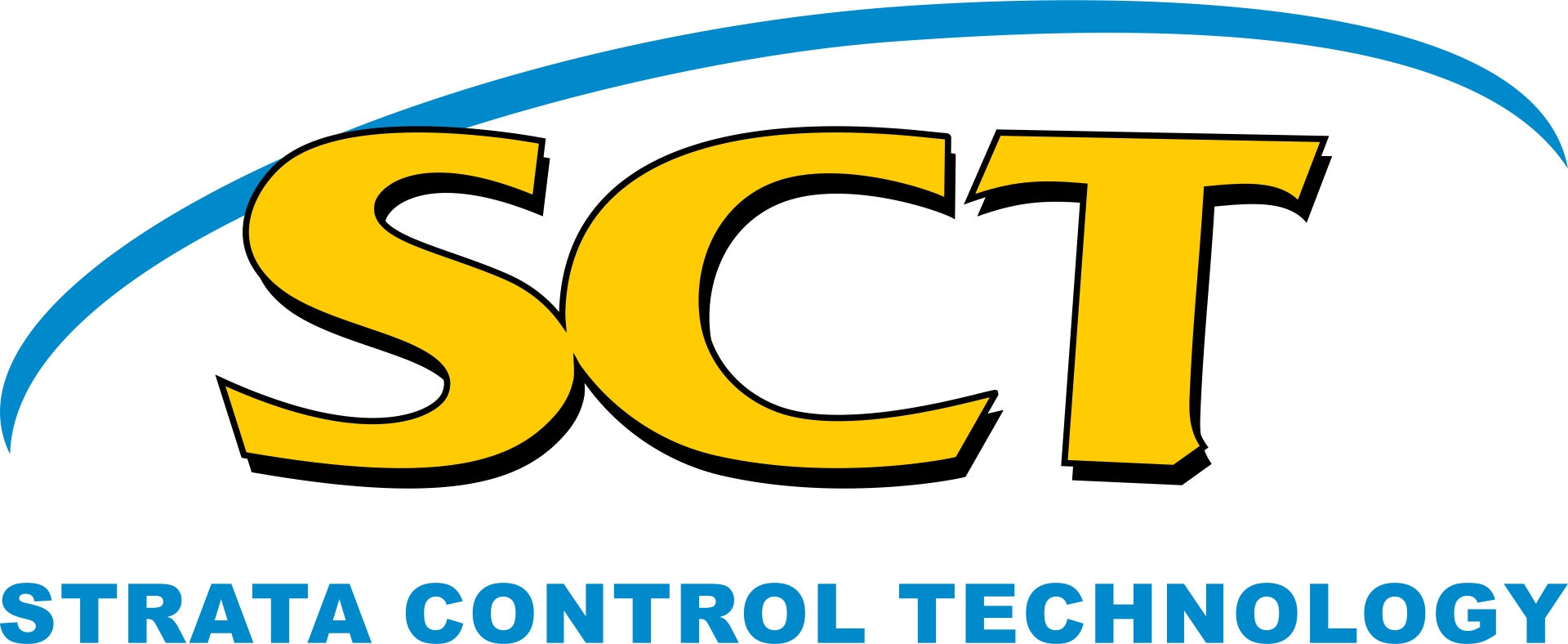Welcome to SCT's own publications library which contains a collection of recent publications and other resources with reliable research about our technology.
-
Permeation Grouting of a Subsidence Impacted Watercourse in the Southern Coalfields
Published Jun, 2022Myrtle Creek has been impacted by the subsidence associated with longwall mining at Tahmoor Coking Coal Mine in Picton, NSW. Specific impacts are fracturing of the rock bed resulting in a reduction in surface flow and pool holding capacity behind the rock bars that are a characteristic of waterways in the southern coalfields. A specific pool, Pool 23, within the impacted Myrtle Creek, was selected for remediation using permeation grouting. First, an investigation was undertaken at Pool 23 to characterise the fracture network and advise on remediation grouting design. The investigation identified the fracture and hydraulic conductivity profiles as well as local hydraulic gradients. Permeation-Grouting-of-a-Subsidence-Impacted-Watercourse-in-the-Southern-Coalfields-BBlacka-MSTS-2022.pdf1.9 MB -
Measurement of the height of depressurisation and fracturing above a longwall panel
Published Feb, 2024This paper presents the findings of a program of work to determine the height of mining induced fracturing and the height of groundwater depressurisation above a longwall panel. The program of work utilised two fully cored boreholes drilled from surface at Tahmoor Colliery, located southwest of Sydney in the Southern Coalfields in New South Wales. The boreholes were drilled adjacent to and over a subcritical longwall panel, one before and one after extraction of the longwall panel. Measurement-of-the-height-of-depressurisation-and-fracturing-above-a-longwall-panel-BBlacka-and-ARippon-2024.pdf1.7 MB -
Measurement of the caved zone above a longwall panel United Colliery
Published Feb, 2022This paper presents the results of a targeted goaf borehole program to define the edge of the Longwall 10 caved zone at United Colliery, Hunter Valley NSW. Longwall 10 is an isolated panel with a supercritical panel geometry. Three of the five boreholes defined the edge of caving, while two boreholes characterised the centre of the goaf. The location of the caved zone was depicted from a combination of total water loss during drilling that coincided with a subvertical fracture at the location of total water loss. The boreholes showed the caving angle from the pillar ribs to be 21 degrees on the up dip side and 19 degrees on the down dip side of the panel. An additional borehole drilled 10 metres (m) towards the goaf centre on the up dip side showed a caving angle increase to 25 degrees from the adjacent borehole, indicating the arc shape of the caved zone. The caving angle coincided with a high strain fracture zone and connectivity to the goaf. This caving angle information can inform assessments for hydraulic/gas connectivity and geotechnical engineering applications such as multi-seam overmining or opencut/underground interaction. (Note that the caving angle is not the same as the abutment angle, which the latter is a calculated angle
based on pillar load.)
Y-Heritage_Measurement-of-the-caved-zone-above-a-longwall-panel-United-Colliery.pdf1.3 MB
